Once it is demonstrated that man and woman are not, and should not be constituted the same, either in character or in temperament, it follows that they should not have the same education. In following the directions of nature they must act together but they should not do the same things; their duties have a common end, but the duties themselves are different and consequently also the tastes that direct them. After having tried to form the natural man, let us also see, in order not to leave our work incomplete, how the woman is to be formed who suits this man. ( Jean Jacques Rousseau, “Emile”)
In 1792 Mary Wollstonecraft wrote a book to prove that her sex was as intelligent as the other. Thus did feminism take its first tentative steps. Her manifesto was an achievement of real originality and was based on the apparently obvious and self-evident premise : “I wish to see women neither heroines or brutes; but reasonable creatures.” Three hundred plus years later, we are still hung up on an interpretation of the word “reasonable”….
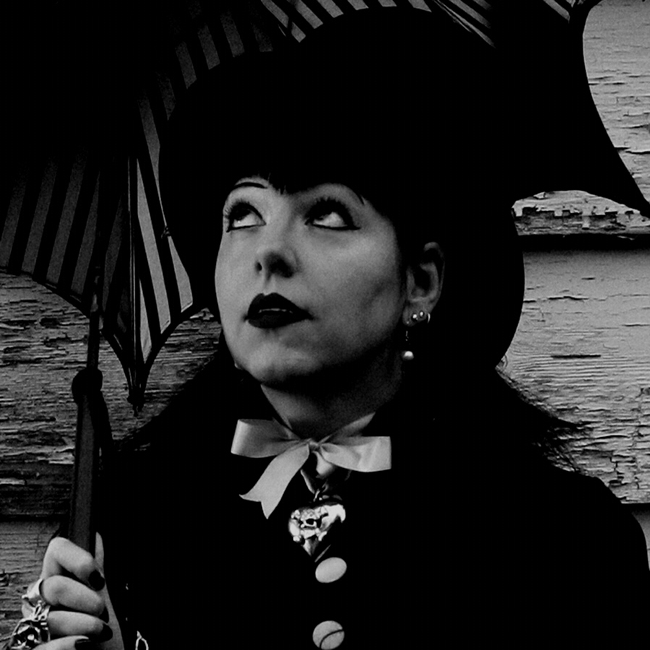
"But what if a woman decides she doesn’t want to be beautifully passive, emotionally silly and in need of rescuing? What if she decides she doesn’t want to be as delicate as Belle tending to the Beast, or as conventionally beautiful as numerous women’s magazines suggest she should? What if she wants to express anger, creativity, and intelligence? She must actively construct an alternative identity, while still recognised as a valid member of society. Read more at Suite101: Alternative Femininity for Goths: Are Goth Women Feminists? http://feminism.suite101.com/article.
…All the faculties common to the two sexes are not equally divided; but taken as a whole, they offset one another. Woman is worth more as a woman and less as a man; wherever she makes her rights valued, she has the advantage; wherever she wishes to usurp ours, she remains inferior to us. One can only respond to this general truth by citing exceptions in the usual manner of the gallant partisans of the fair sex.
So much for for the equality and egalitarian principles alluded to in the French Revolution. In 1792, and later, a woman could not own property, nor keep any earned wages. All she possessed belonged to her husband, including her body. She had no recourse to divorce, but he could divorce and have custody of her children. There was was no legal or constitutional protection to safeguard her from not growing up illiterate or beaten every day. Such was the legal and moral climate in which Mary Wollstonecraft lived.
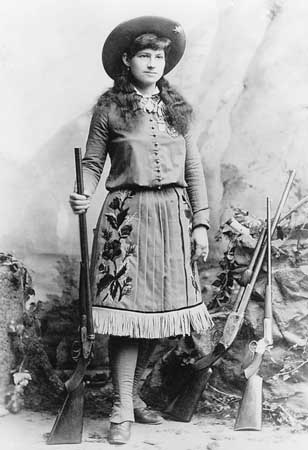
"Feminist icon: Annie Oakley was a famous teenage Victorian sharpshooter who saved her family farm, was respected by Native Americans and (weirdly) didn't believe women should have the vote. Annie Oakley, we salute you. Except for the last bit. by Shanna Dear Annie Oakley, You were America's gun-tootin little sweetheart and a classic female American superstar. You took chances and you excelled as a woman in what is considered a man's world. You blurred the lines between what a proper Victorian lady should and shouldn't be - and you did it all with style. Love Mookychick xxx"
Mary’s voyage to first feminist on an allegorical moon, was not a straightforward and linear progression. Mary had to hold her household together and forfeited her childhood. Her father, a once prosperous weaver, squandered his inheritance and became an abusive, wife and child beating alcoholic. The experience left Mary with an everlasting gloomy streak , and was a strong factor in the making of her reformist views.
Mary conformed very little to the hateful stereotype that has been constructed about feminists. Having spent her childhood as an adult, Mary reached the age of nineteen is a state of complete joylessness. She was later to quit the role, but at that age, she wore the garb of a martyr. Her early twenties were spent in this elderly frame of mind. First she went out as companion to an old lady living at Bath, then nursed her dying mother. She started a primary school with her dearest friend, Fanny Blood, who then married, moved to Lisbon and died during childbirth. When Mary returned to the school, her flourishing little project had been run into the ground by her sisters, who stole everything they could grasp. Mary made up her mind to die. “My constitution is impaired, I hope I shan’t live long,” she wrote to a friend.
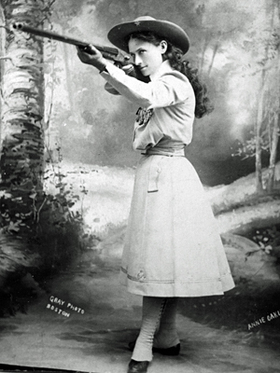
"I would like to see every woman know how to handle firearms as naturally as they know how to handle babies" ( Annie Oakley )
One positive fallout from her brief and fleeting success as a schoolmistress was the acquaintance of Joseph Johnson, and intelligent and successful London publisher in search of new writers. Debt laden and penniless, Mary set aside her impaired constitution and wrote her first book, probably in the space of a week. Johnson bought it for ten guineas and published it under the name “Thoughts on the Education of Daughters”; it went unnoticed, Mary spent the money, and compelled to find work she became a governess on the house of Lord and lady Kingsborough in the north of Ireland.
alt="" width="604" height="480" />"Vanessa Beecroft is one of those people who uses gallery spaces to challenge comfort levels. She also kind of plays off the notion of what should be expecting when they go to the gallery. Should they be entertained? Should the pieces inside the gallery be intriguing or should could they just be itself without entertaining anyone?"


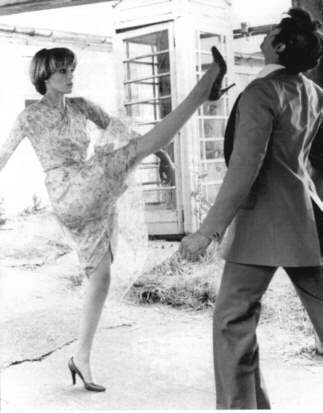

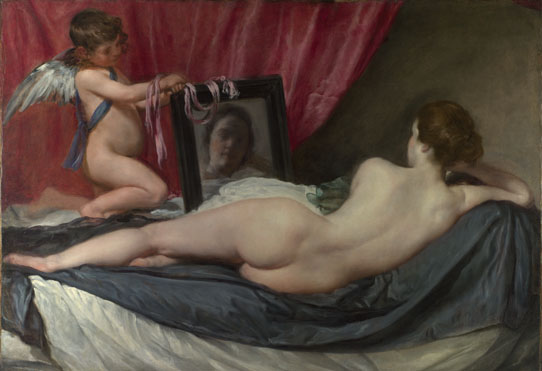
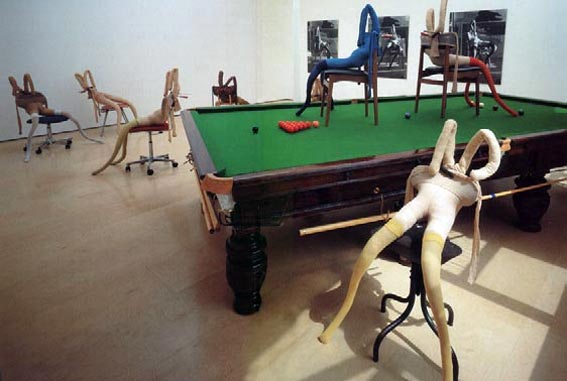
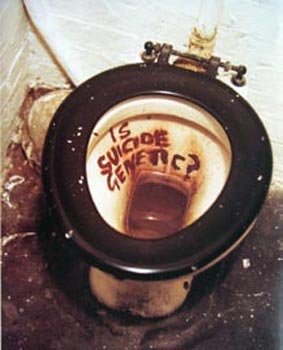
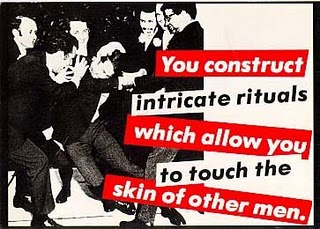
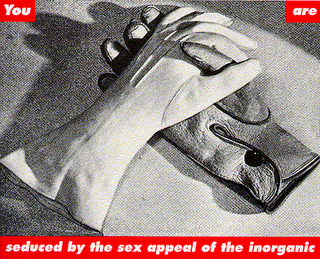



 COMMENTS
COMMENTS